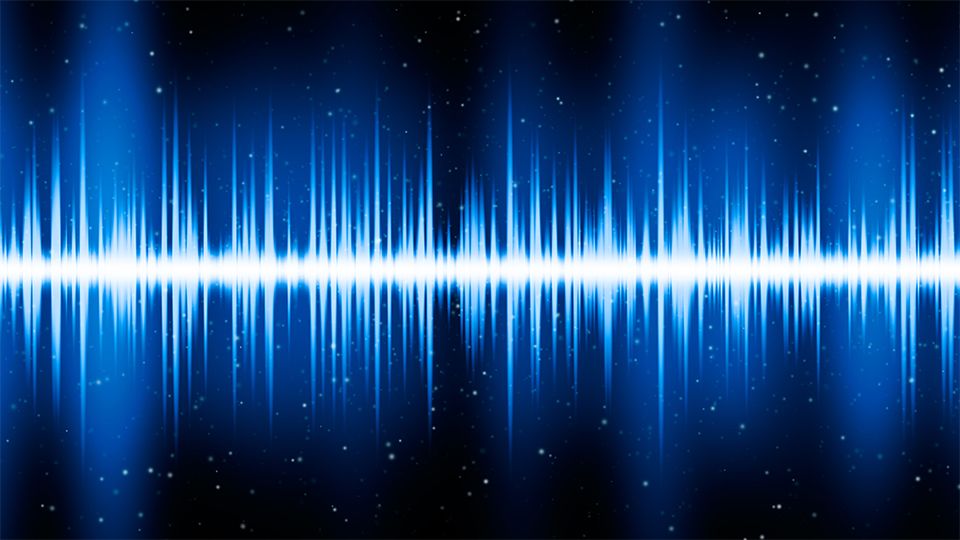
PSD Analysis: Computation of Randomly Induced Vibrations
The Virtual Shaker Test: Shaken, not stirred - nothing is left to chance here.

Learn the analysis of random vibrations and their practical application – from theory to the fatigue of components via a virtual shaker test. This training is offered as a 2-day course.
Duration
2 days
Prerequisites
Basic knowledge of Ansys Mechanical
Software used
Ansys Mechanical
- Precisely capture probabilities.
- Understand PSD fundamentals.
- Simulate shaker tests.
- Determine component service life.
Description
The focus of this seminar is on Power Spectral Density (PSD) analysis, a key technique for examining the response of structures to random excitations with spectral power densities. Participants will learn how PSD analyses are used to assess the operational strength and damage accumulation of structures. Special attention is given to understanding and simulating classic PSD tasks using Ansys Mechanical, including the simulation of a shaker test, where components are tested up to the point of crack initiation. The course provides valuable insights into the atypical use of submodeling techniques and Component-Mode Synthesis (CMS) for efficiency enhancement in computationally intensive analyses. Practical exercises, including the use of Python scripts for signal analysis and validation techniques using analytical formulas, promote an understanding of the necessary stochastic methods and build confidence in the simulation results.
This seminar is aimed at engineers with solid foundational knowledge in Ansys Mechanical and experience in dynamic analyses, as taught in the CADFEM Seminar on Structural Dynamics and Vibration Technology. The combination of theoretical knowledge and practical simulations offers valuable skills for assessing the reliability of components under PSD excitation.
Detailed agenda for this 2-day training
Day 1
01 Signals and Structural Responses
- Dynamic Load Factor 2: not always the best choice
- PSD Analysis vs. Transient Analysis: a comparison
- Modal Superposition (MSUP) as the method of choice for linear dynamics
- Selecting the appropriate analysis type for PSD analysis
- Demonstrator: Rough road ride interpreted as a power spectral density spectrum
02 The Theory Toolkit
- Signal analysis: An upgrade for engineers
- The importance of Fourier analysis
- Understanding the Power Spectral Density (PSD)
- The utility of probability density functions
- Exercise: Signal analysis of various time series using a Python script
03 From Model Setup to Standard Deviation
- Setting up PSD analysis in Ansys Workbench
- Proven guide: Mesh generation, Modal analysis setup, Mass balance
- Decoding input parameters for PSD analyses
- Exploring post-processing options
- The standard deviation 1-sigma as the most important result
- Exercise: Shaker test on a rim
04 Result Verification for Randomly Induced Vibrations
- Gaining confidence in PSD results
- Using static pre-analyses for result estimation
- Simple check calculation with the Miles equation
- Comparing results of transient and PSD analysis
- Exercise: Base excitation with white noise
Day 2
05 Specifics of PSD Analysis
- Damping and its significance in PSD analyses
- Proven techniques for modeling
- Bolts and other pre-stressed structures
- Dealing with non-linearities such as hyperelasticity or contact
- Lack of phase information - Caution with contact forces and von Mises stress
- Exercise: Calculating holding forces on a printed circuit board (PCB)
06 Fatigue Analysis in the Context of PSD Analyses
- Advanced post-processing: the Level-Crossing-Frequency
- Fatigue approach according to Steinberg: application and limits
- First steps in fatigue simulation using the Fatigue Tool
- More realistic than 3-sigma: conducting peak load estimations
- Exercise: Damage calculation under statistical loading
07 Submodel Techniques
- Reducing result files with clever techniques
- More efficient model setup compared to brute-force methods
- Floor spectrum as a clever workaround
- Script-based approach to submodel techniques in PSD analyses
- Exercise: Shaker test of a vehicle cockpit with stress assessment
08 Nonlinear PSD using CMS
- Consideration of nonlinearities in PSD using transient analyses
- Fundamental concept of the Component-Mode Synthesis (CMS) reduction method
- Differences between conventional MSUP and CMS
- User-friendly guidance for CMS application in Workbench
Your Trainers

Oliver Siegemund

Klaus-Dieter Schönborn
Placement in the CADFEM Learning Pathway
Participant data
Additional information
Commentary
Whether eLearning, classroom courses, live online training or customized workshops - together we identify the best option for you.
What CADFEM customers are saying
Do you have questions on the training?
If you book through your university, you will receive a 50% discount on the stated fee on training courses and eLearning courses.
For more information on the validity and how booking with the code ACADEMIC50 works, please visit our page on training for academic users.
Straight after you sign up, an automatic confirmation of receipt will be sent to the email addresses you provided. Once you have successfully verified the data you provided, you will receive your personalized sign-up confirmation, containing further information on course fees, the billing address, etc., by email within two to three working days.
As soon as the minimum number of attendees has been reached, you will receive a final training confirmation containing further information. If you have booked an on-site training, we recommend that you wait until you have received this final confirmation before booking your travel and accommodation.
If the minimum number of attendees is not reached, we reserve the right to cancel the training seven days before it is due to start at the latest. We are happy to inform you on changing your booking to an alternative date. Please note that we accept no liability for hotel or travel bookings that attendees have already made.
Usually the training courses start at 9:00 am and end at 5:00 pm of the respective local time. The actual course times will be stated in the booking confirmation. Please note that, depending on the training host, there may be a possible time shift between your and the provider's local time. Therefore all local times are provided with the valid time shift to Greenwich Mean Time (GMT).




